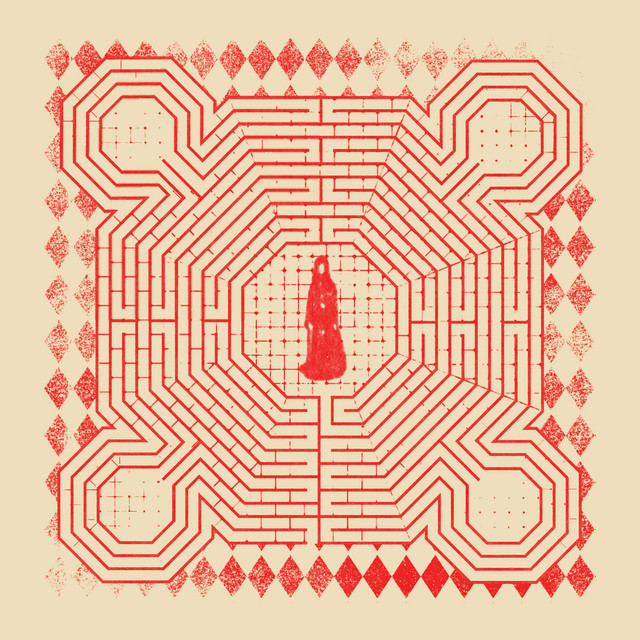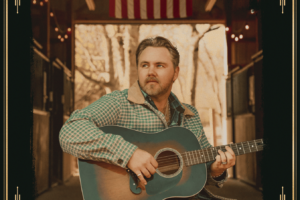Slowdive is an interesting case study in the underground music world. Berated by critics but adored by fans, Slowdive has never really let up on their iconic sound. A sound coined by the British music media as shoegaze.
Shoegaze is an underground sect of music popularized in the early 1990s that was characterized by its distorted, layered guitars and reverb vocals. Shoegaze can be a tough pill to swallow, and it’s often a place where guitars sound more like vacuum cleaners.
Ever since the release of their first album in 1991, Slowdive has been a pillar in the shoegaze scene. They eventually released “Souvlaki,” their most successful album, in 1993 that evolved into an underground classic. Unfortunately, “Souvlaki” was initially met with negative reception among the British music media.
However, over time Slowdive has become a staple for many Doc-Marten-wearing, self-identified, indie kids. Tiktok has most definitely played a part in this, creating a resurgence in Slowdive and shoegaze as a whole. The band has capitalized on this recent trend and released their new album, “everything is alive.”
The album is most definitely shoegaze, but Slowdive opted for a different route compared to their original work. Think techno-shoegaze fusion. The album is extremely synth heavy and is lacking some of the distortion and rawness that makes the band stand out.
It starts incredibly strong with the opening track “Shanty.”Guitarist and vocalist Neil Halstead’s haunting vocals are whispered over a catchy but lifeless synth. After the nearly six-minute opener, the album hits a roadblock with the instrumental track “prayer remembered.”
The track feels awkward considering the album had a solid start, not to mention it immediately goes into another very strong track “alife.” The third track is a great example of the healthy evolution of the band’s sound. Vocalist Rachel Goswell sings a beautiful hook while the rest of the band finds their footing in their roots of their dreamy guitar work. The song almost sounds like an extra track off of a Beach House record.
Yet, Slowdive gets in their own way again on the fourth track “andalucia plays.” The song lasts only four minutes, but it feels like it goes on forever. Halstead’s vocals are dreary and whatever they tried to do instrumentally failed miserably. Contrary to what Slowdive says, everything is dead on this track. It’s lacking any sort of soul and is an undeniable low point in the album and Slowdive’s discography.

Fortunately, they are able to bounce back with “kisses” and “skin in the game.” Both tracks feature classic Slowdive guitars and synths that aren’t as overbearing as they are in previous tracks. “Skin in the game” in particular is practically a recreation of the iconic sound that Slowdive mastered on “Souvlaki.”
The second to the last track “chained to a cloud” is another throw away on the album. It’s not the worst song of the record, but it’s a repetitive techno shoegaze fusion that runs on far too long. Everything is alive concludes with “the slab,” another great callback to Slowdive’s earlier more iconic work.
The record as a whole isn’t horrible, but it does seem to get in its own way. Whenever it seems to gain momentum it slams on the brakes with a long and boring track. Slowdive does best when they play to their strengths. I think it’s important for a band to evolve and explore new sounds. At the same time, it’s also important to know what the band’s strengths are and how to maximize them and not diminish them. Again, Slowdive is an interesting case study. Their magnum opus, “Souvlaki,” was torn to shreds when it was released, so, naturally, they would maybe avoid making something like that again.
Perhaps it is best to leave the past in the past, and I think that was Slowdive’s intention with “everything is alive.”








